ACKNOWLEDGMENTS
S ince faculty leaves are hard to come by these days, I am especially grateful to Randy L. Diehl, dean of the College of liberal Arts at the University of Texas, for granting me a College Research Fellowship; and to elizabeth Cullingford, chair of the Department of english, for vigorously supporting my candidacy. Time to think, study, and rewrite has made this book possible, and I thank them both for the opportunity.
I also want to thank my editors and fact-checkers at Texas Monthly , the magazine where many of these pieces originally appeared. First in order is evan Smith, former editor of Texas Monthly. evan was very supportive and always great at coming up with good ideas for columns and articles. Second is Quita McMath, who edited many of my columns. Quita's favorite word was tweak, as in Can you tweak this? (to which the only answer was yes). With each new assignment I would strive to write the perfect, flawless column (approximately 1800-2000 words), and she would invariably have forty or so follow-up queries and suggestions. She made every column better, and I firmly believe that she would have asked Abe Lincoln to tweak the Gettysburg Address. Other editors who provided valuable help were Brian Sweany and Jake Silverstein. I also want to thank the fact-checkers, who were amiably relentless in their pursuit of factual accuracy. These include Pat Booker, Chester Rosson, John Spong, David Moorman, and Valerie Wright. John Broders, the gatekeeper, was also always very helpful. If there is something about Texas Monthly that Broders doesn't remember, then it's not worth remembering.
For their generosity in allowing me permission to reprint the pieces from Texas Monthly , I want to express my gratitude to Evan Smith, Cathy Casey, and Jake Silverstein.
As always, I consulted old friends and SW Lit scholars Tom Pilkington and Mark Busby, and as always, they came through with useful information. I also want to thank my colleagues Peter LaSalle and william J. Scheick for advice and support. I would like to thank Calli Rudebusch, a student in my SW life & lit Class in spring of 2010, for bringing the LBJ-pants episode to my attention. Finally, I must thank Reader No. 2, whose report on the manuscript to the University of Texas Press was helpful in my final thinking about what to include and what not to.
I also wish to thank Katie Salzmann, lead archivist of the Southwestern writers Collection, for guiding me through the fascinating file on No Country for Old Men in the Cormac McCarthy Papers at the Southwestern Writers Collection, the Wittliff Collections, Texas State UniversitySan Marcos.
The selection process was not always easy. During the decade spanned by this volume, nearly a hundred essays of mine on Texas literature, history, film, and culture were published. Fifty-three of those appeared in Texas Monthly , a number in The Texas Observer , and the rest in various journals and in edited books. The present collection reprints nineteen of that total, and I am grateful to all the editors who shepherded them into print and to those same editors for granting permission to reprint.
The acquisitions editor at the University of Texas Press, william Bishel, has been very helpful in all regards, and I am grateful to him, as I am to Dave Hamrick, assistant director and marketing and sales director, for their enthusiastic support.
I also want to thank Victoria Davis, manuscript editor, and Teri Sperry, copy editor, for their outstanding work on the manuscript.
Finally, I wish to thank my wife, Betsy Berry, who is a superb editor and thinker-up of titles. As always I am indebted to her for help in all areas of writing and living.
INTRODUCTION
The Ayes of Texas
P erhaps another state honors its writers more than Texas, but if so I don't know which one. We have the Texas Institute of Letters, the Texas Book Festival, Texas writers Month, the writers league of Texas, the Texas literary Hall of Fame, and uncounted books-and-authors events held in cities from Amarillo to Beaumont.
We have statues of dead and living authors. The Dobie-Bedichek-webb installation at Zilker Park in Austin celebrates the Texas Trio, and, odd but true, Sea world in San Antonio sports a statue of Katherine Anne Porter. Texas State in San Marcos boasts a statue of John Graves. A statue of the late Elmer Kelton will soon be on view in San Angelo.
We have local shrines in little towns, avatars of the muse's approbation. KAPS childhood home in kyle is a National Historic Site. In Rockdale the memory of George Sessions Perry is kept green by an historical plaque, the library, and occasional talks by visiting scholars. In little Cross Plains the little library has a special collection of books and memorabilia devoted to local star Robert E. Howard of Conan the Barbarian fame.
And there is no paucity of centers. The University of North Texas used to have a Center for Texas Studies, now TCU has one with the same title; Texas State has a very active Center for the Study of the Southwest (read Texas); SMU has one; and the University of Texas has the Michener Center for writers, although its purview is decidedly national. I'm sure I've left out a statue or two, a center or two. And of course there is no dearth of scholarly writing on Texas literature or of courses in universities and colleges devoted to the study of that literature. Scholarship in the 1980s did a particularly good job of bringing to our attention the work of forgotten or overlooked women and minority writers, and that work continues. The full portrait of Texas literature in its multiplicity and, yes, complexity, is a work in progress.

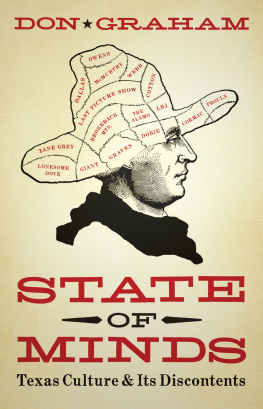
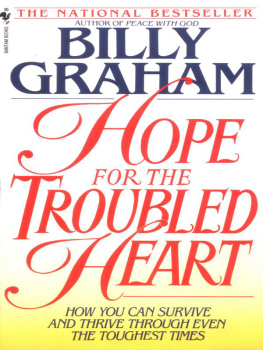

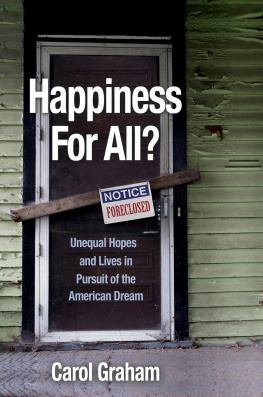


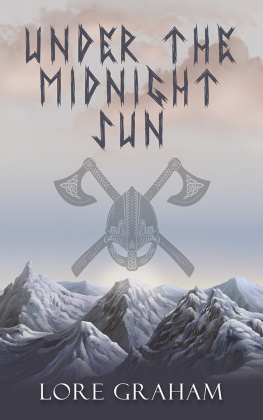
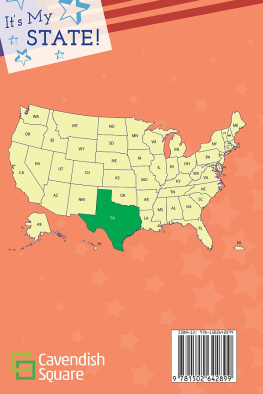

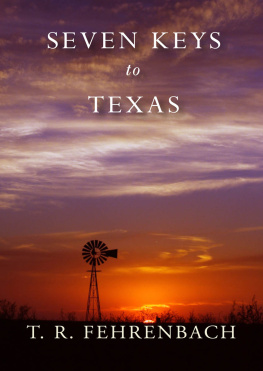

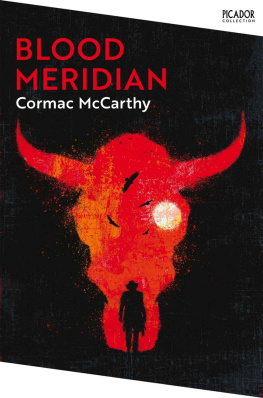
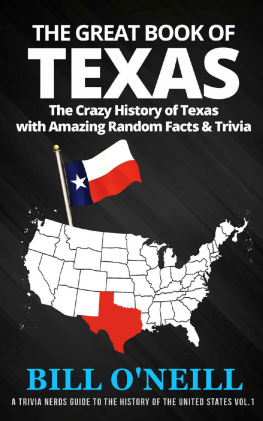



 The paper used in this book meets the minimum
The paper used in this book meets the minimum